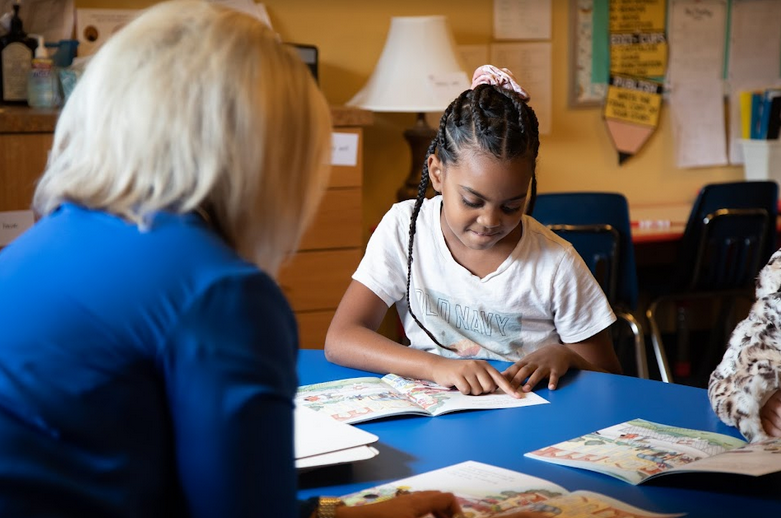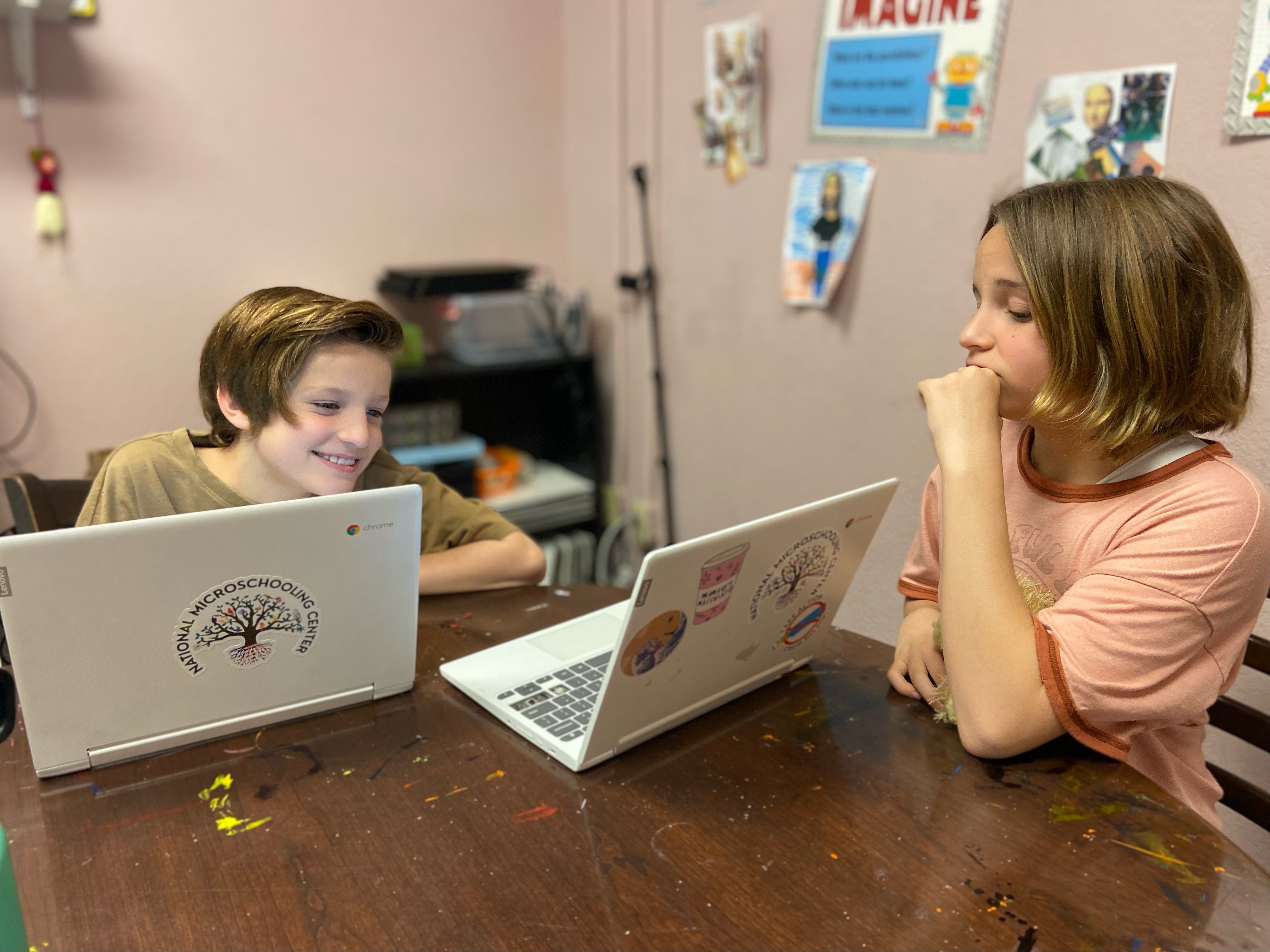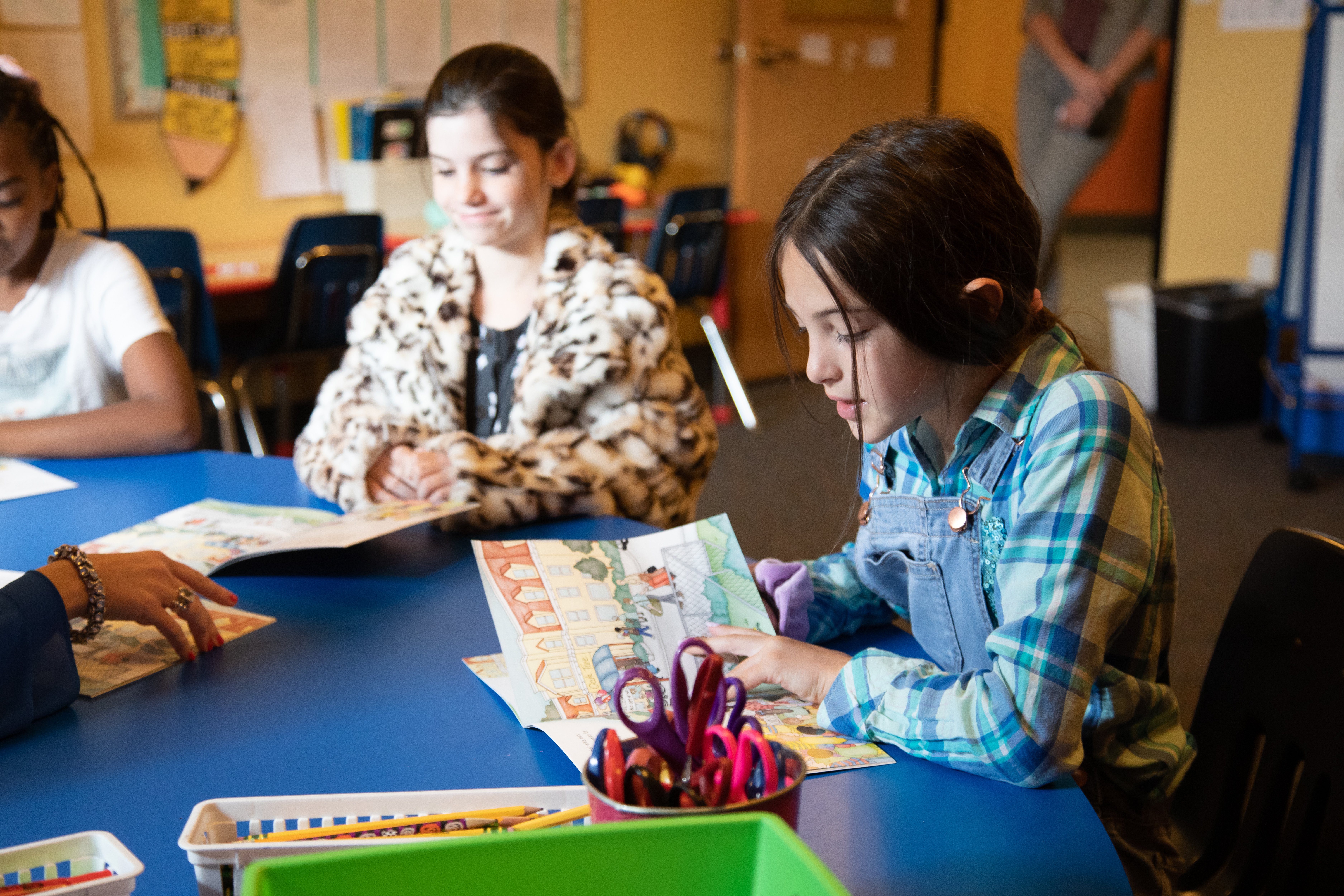Microschooling Moments: A more personal journey
Welcome to the first post in our new series, Microschooling Moments.
6 min read
Dr. Jill Dunlap Brown : Apr 6, 2025 7:52:29 PM

Recent research highlighting best practices within the science of reading has provided a solid, evidence-based foundation for understanding how children learn to read and write. This body of research, drawn from cognitive psychology, linguistics, and neuroscience, has led to proven strategies that can significantly improve literacy instruction. For microschools—small, personalized educational settings—these research-backed practices are a perfect fit. With their ability to adapt and individualize instruction, microschools have a unique opportunity to implement the science of reading in ways that maximize student success and foster a deeper understanding of literacy.
The science of reading is a term that refers to a body of research across multiple disciplines—cognitive psychology, linguistics, and neuroscience—that explores how children learn to read. The findings from this research have led to a more comprehensive understanding of the essential components of reading, including phonemic awareness, phonics, fluency, vocabulary, and comprehension.
Key reading components include:
 By focusing on these components in a systematic way, the science of reading supports all learners, particularly those struggling with reading difficulties, such as dyslexia. The best part? These strategies can be seamlessly integrated into microschool settings.
By focusing on these components in a systematic way, the science of reading supports all learners, particularly those struggling with reading difficulties, such as dyslexia. The best part? These strategies can be seamlessly integrated into microschool settings.
Microschools, by their very nature, offer a unique advantage when it comes to implementing the science of reading. Here’s why:
One of the defining features of microschools is their small class sizes, often ranging from 10 to 15 students. This allows teachers to offer more individualized instruction, which is key to implementing the science of reading effectively. With fewer students to manage, educators can tailor lessons to meet each child’s specific needs—whether they’re mastering letter sounds, decoding words, or improving fluency.
Smaller classes also mean more opportunities for one-on-one time with struggling readers, giving teachers the chance to provide targeted interventions that are so essential in helping children become proficient readers.
In traditional schools, students are often expected to follow the same curriculum at the same pace, which can be challenging when it comes to literacy. Some students may be ahead, while others are struggling to keep up. Microschools, however, have the flexibility to create personalized learning paths for each student.
This individualized approach aligns perfectly with the science of reading, which stresses the importance of meeting students where they are. Teachers can assess each student’s reading abilities early on and adjust instruction to focus on areas where they need the most support. For example, a student struggling with phonemic awareness can receive targeted instruction on sound manipulation, while a more advanced student can be challenged with complex texts to build vocabulary and comprehension.
3. Ongoing, Collaborative Teacher Development
Microschools often operate with small, close-knit teaching teams, which fosters collaboration and ongoing professional development. Teachers can meet regularly to discuss strategies, share insights, and adjust their approaches to best support their students' literacy needs.
This collaborative environment also allows teachers to explore and implement the latest research from the science of reading. Instead of adhering to a rigid, district-wide curriculum, educators in microschools have the autonomy to adopt research-backed literacy strategies and adjust them to fit their students’ needs. They can experiment with phonics-based programs and other evidence-based practices without the constraints of a one-size-fits-all approach.
4. Integrating the Science of Reading with Project-Based Learning
While the science of reading emphasizes phonics and decoding, it also focuses on developing comprehension and critical thinking skills. A helpful way to understand how these elements work together is through Scarborough's Rope (Scarborough, 2001), a well-known model that illustrates how two major strands—word recognition and language comprehension—intertwine to create proficient reading.
Scarborough’s Rope visualizes reading development as a rope with two main strands:
Word Recognition: This strand includes skills like phonological awareness, decoding (sounding out words), and sight word recognition. These are the foundational skills that allow a reader to recognize and accurately pronounce words. The stronger a child’s word recognition skills, the more effortlessly they can read and focus on understanding the text, instead of struggling with individual words.
Language Comprehension: This strand includes vocabulary knowledge, listening comprehension, background knowledge, and grammar. These skills allow a reader to understand the meaning of what they’re reading. A student with strong language comprehension can make sense of the information in the text, draw inferences, and connect ideas together.
Together, these strands are woven tightly into a single, strong rope, symbolizing how proficient reading is the result of both being able to decode words fluently and understand the meaning of those words in context. If either strand is weak—whether it's word recognition or language comprehension—reading struggles will occur, which is why both must be developed in tandem.
 This concept directly ties into the science of reading. Microschools are uniquely equipped to support both strands of the rope through personalized, targeted instruction. By focusing on both word recognition (through systematic phonics instruction and decoding practice) and language comprehension (through vocabulary building, reading comprehension strategies, and context-based learning), microschools can help students build the full spectrum of skills they need to become proficient readers.
This concept directly ties into the science of reading. Microschools are uniquely equipped to support both strands of the rope through personalized, targeted instruction. By focusing on both word recognition (through systematic phonics instruction and decoding practice) and language comprehension (through vocabulary building, reading comprehension strategies, and context-based learning), microschools can help students build the full spectrum of skills they need to become proficient readers.
Moreover, in a project-based learning environment, students get to actively practice these intertwined skills. For instance, in a project where students research and present on a historical topic, they can strengthen their word recognition by decoding challenging texts, while also building their language comprehension through discussions, analysis, and connections to prior knowledge. These experiences help “weave” together the two strands of Scarborough’s Rope, giving students a more comprehensive and engaging literacy experience (Scarborough, 2001).
By integrating the science of reading with project-based learning, microschools can create a holistic, dynamic approach to literacy that nurtures both word recognition and language comprehension, leading to stronger and more confident readers.
Many microschools use a multi-age classroom model, where students of different ages and learning stages learn together. This model can be highly beneficial when it comes to reading development. Older students can act as reading buddies for younger peers, offering mentorship and reinforcing their own learning as they help others. The science of reading encourages fluency practice, and reading together in mixed-age groups offers an authentic opportunity for peer-led practice, vocabulary development, and comprehension discussions.
Additionally, students in a multi-age setting can progress through reading skills at their own pace, instead of being forced into rigid grade-level expectations. This individualized pacing ensures that every student can build a solid foundation in phonics, fluency, and comprehension without feeling pressured or left behind.
To successfully implement the science of reading in a microschool setting, educators can take the following steps:
Microschools are uniquely positioned to implement the science of reading in a way that feels personalized, effective, and meaningful for students. With smaller class sizes, individualized instruction, and the ability to tailor learning to each student’s needs, microschools can deliver a literacy program that ensures every child has the foundation they need to become successful readers and lifelong learners. By harnessing the science of reading, microschools can foster a new generation of readers who not only decode words but also develop a deep love for reading and learning.
The science of reading isn’t just for large school systems—it’s a model that thrives in the flexible, student-centered world of microschools. And in these environments, literacy success is within reach for every student.

Welcome to the first post in our new series, Microschooling Moments.

In recent years, microschools have gained traction as a viable alternative to the traditional K-12 educational model. These small, often personalized...

What is a microschool? The National Microschooling Center get asked this question a lot, almost every day. And we are thrilled to share this series...